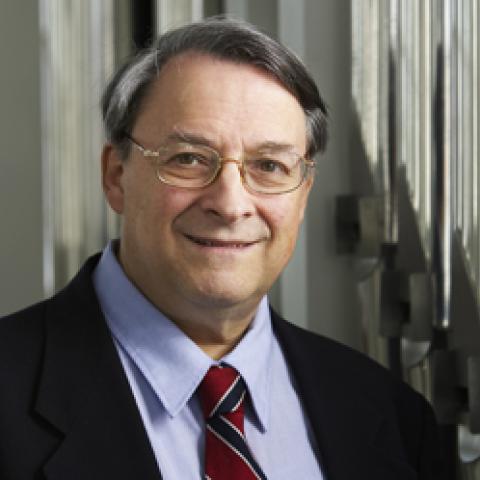Harvard University
Harvard University, Cambridge, Massachusetts, presents its 100th annual carol service December 13 and 14 at the Memorial Church, with the Harvard University Choir; Edward E. Jones, director; Christian Lane, organist.
For information: www.memorialchurch.harvard.edu.



